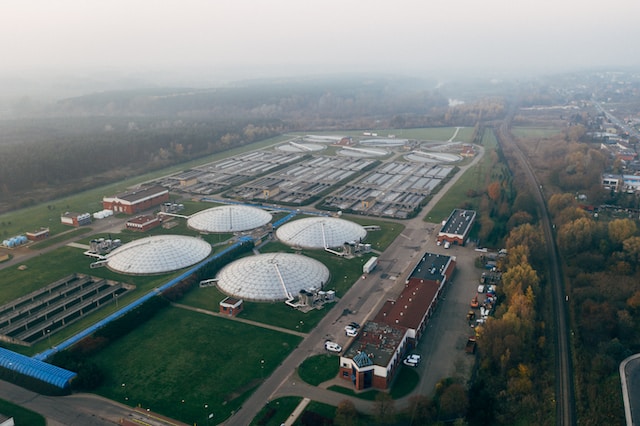Comparing Different Types of Water Filtration Systems
December 12, 2023Systems for filtering water are made to exclude contaminants from liquids. These impurities can be harmful to both human and plant life. It can also make domesticated animals healthier and improve their growth and development.
A filter uses a physical medium to strain out the solid particles and a chemical mechanism to reduce chemicals like chlorine. There are five standard methods for water filtration.
Whole House Filters
A whole-house water filter cleans your entire home’s tap water supply. These filters use carbon media with NSF certifications to reduce organic contaminants in your drinking water.
This includes chlorine, herbicides, pesticides, and other chemicals that can contaminate your drinking water. They also help to remove odors and discoloration from the water. A carbon post-filter is then used to reduce any remaining sediment and contaminants from the water.
To purchase a whole home water filter, you must first test your household’s drinking water. To accomplish this, submit a water sample to a state-approved lab or use test strips that may be used at home.
The best part about a whole-house water filtration system Tampa is that it protects every faucet and water-using appliance in your home. This means you can have filtered water for drinking, cooking, showering, cleaning, and washing dishes. It can even prolong the life of your appliances and enhance the condition of your skin and hair.
Reverse Osmosis
Reverse osmosis (RO) is one of the most effective water treatment systems. It can remove the larger, more apparent contaminants most water filtration systems catch and dissolve minerals and toxins from the water. This is because of the microscopic pores on the semi-permeable membrane filter.
The process works by applying pressure to the solution side of the membrane. This pressure causes molecules to move from the more robust, concentrated solution into the weaker one until they reach equal concentrations. The result is pure solvent on the pressurized side and a rejected, salty liquid on the other.
Point-of-use reverse osmosis systems can treat tap water for domestic or commercial use. They are handy for treating brackish water and desalinating ocean water because they don’t require steam, evaporators, or condensers and use much less energy than other water filtration systems. They are also more cost-effective and have shorter come-up and shut-down times than evaporative systems.
Activated Carbon
Carbon is a versatile material that can remove unwanted chemicals from water, air, or even food. Activated carbon is made from raw materials such as bone char, peat, coconut shells, petroleum coke, and coal, which are then processed at high temperatures to increase its surface area. The carbon adsorbs (sticks) to molecules and pulls them out of the original medium – like a sponge soaking up water.
Water treatment plants use carbon filters to filter out bad stuff from the water. Activated carbon can only absorb so much, however.
Micron Filters
Micron filters are typically used as pre-filters before a reverse osmosis system to eliminate non-uniform-sized particles and sediments that would otherwise make their way into your drinking water. These filters are also effective at stopping bacteria and cysts that can cause severe gastrointestinal issues in humans. Filters with a 1-micron rating will prevent these and other pathogens from entering your water by capturing them inside the filter’s open pore structure.
Micron ratings are either nominal or absolute. A nominal micron rating means the filter will capture a certain percentage of particulates up to or larger than its micron size. In contrast, an absolute micron rating provides a pore size measurement. It guarantees the filter will trap all particles up to or more significantly than the specified micron size under specific test conditions. Depending on your needs, you may wish to start with a higher micron rating and work your way down until the filter begins to clog too quickly, which can be indicated by a pressure drop and a noticeable change in the water’s taste and odor.



